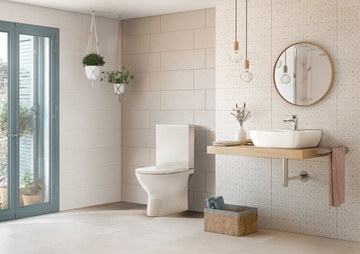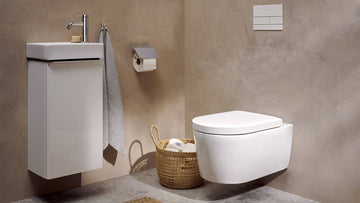In our modern world, the need for sustainable and efficient sanitation solutions has never been more critical. The emergence of innovative waterless toilets is reshaping our approach to waste management, particularly in areas facing severe water shortages. This shift not only tackles environmental concerns but also offers tangible benefits to communities across the globe.
The launch of innovative waterless toilets is prompting a major change in the sanitation sector. These toilets serve as a practical alternative to conventional water-dependent systems, providing a solution that is environmentally responsible and economically viable. The impact of this innovation reaches far beyond just conserving water; it plays a role in public health, sustainability, and urban infrastructure planning.

The Technology Behind Waterless Toilets Explained
At the heart of innovative waterless toilets lies a cutting-edge system that eliminates the necessity for water in waste treatment. This technology often harnesses biological methods and engineered systems to break down waste. For instance, many models utilize aerobic composting, which transforms waste into humus a nutrient-dense material that can be safely reintroduced into the environment.
Alternative systems might employ chemical reactions or vacuum technologies to significantly lessen the volume of waste and simplify disposal. The technology choice often hinges on regional factors and the specific requirements of the community, making it adaptable for various situations.
Environmental Advantages of Waterless Toilets
One of the standout benefits of innovative waterless toilets is their positive environmental impact. These systems dramatically cut water consumption, which is particularly crucial in areas that frequently experience droughts or face water scarcity. By reducing reliance on water, these toilets lessen the energy consumption and infrastructural demands needed for wastewater treatment.
Additionally, waterless toilets play a significant role in decreasing pollution, as they limit the volume of untreated waste that enters waterways. This has a direct and beneficial effect on local ecosystems and the biodiversity they support, fostering a healthier environment overall.
Challenges and Considerations
Despite the multitude of advantages, the rollout of innovative waterless toilets is not without challenges. A major hurdle is ensuring cultural acceptance and adaptability of this new technology. Educational initiatives and awareness campaigns are essential to help local communities recognize the benefits and correct usage of these systems.
The initial investment costs can also serve as a deterrent, particularly in economically disadvantaged areas. However, when considering the long-term savings on water and infrastructure, the upfront expenditure can frequently be justified.
Industry QA: Ensuring Quality in Waterless Toilet Solutions
In the context of Industry QA, it's crucial to guarantee the quality and dependability of innovative waterless toilets. Thorough testing and validation processes are vital to ensure these systems adhere to health and safety regulations. Quality assurance also serves a key role in assessing the efficiency and resilience of the technology, making sure it can endure various environmental conditions.
Ongoing monitoring and enhancements are essential to uphold the efficacy of waterless toilets. A feedback system involving manufacturers, users, and QA experts is crucial for furthering and refining these innovations.
Looking Ahead: The Future of Sanitation
The sanitation landscape is moving toward sustainability and innovation. As the technology driving innovative waterless toilets progresses, we can anticipate the development of even more efficient and user-friendly designs. The incorporation of smart technologysuch as sensors and data analyticswill likely enhance the functionality and acceptance of these systems.
For more insights into advancements in water-efficient toilets, check out this bidet overview.
Conclusion: Ushering in a New Era of Sanitation
In summary, innovative waterless toilets are leading the charge in transforming sanitation solutions. They effectively tackle critical issues like water scarcity, environmental sustainability, and public health, paving the way for a more promising future. As awareness and technology advance, the influence of waterless toilets on global sanitation practices is sure to grow.
For more information on the future of toilet innovations, don't miss this Duravit resource.

FAQs
What exactly are innovative waterless toilets?
Innovative waterless toilets refer to advanced sanitation systems that operate without water for waste treatment. They utilize various technologies, including composting and chemical processes, to efficiently manage and decompose waste.
How do waterless toilets contribute to the environment?
Waterless toilets significantly lower water usage, reduce energy expenditure on wastewater treatment, and minimize pollution. They play an essential role in preserving ecosystems and encouraging sustainability.
What is the role of Industry QA in waterless toilet systems?
Professionals in Industry QA ensure that waterless toilet systems comply with stringent health, safety, and efficiency standards. They are responsible for the testing, monitoring, and enhancement of the quality and reliability of these systems.
This article contains affiliate links. We may earn a commission at no extra cost to you.






